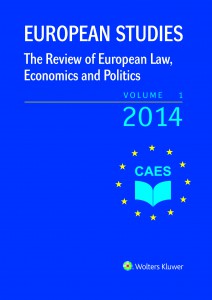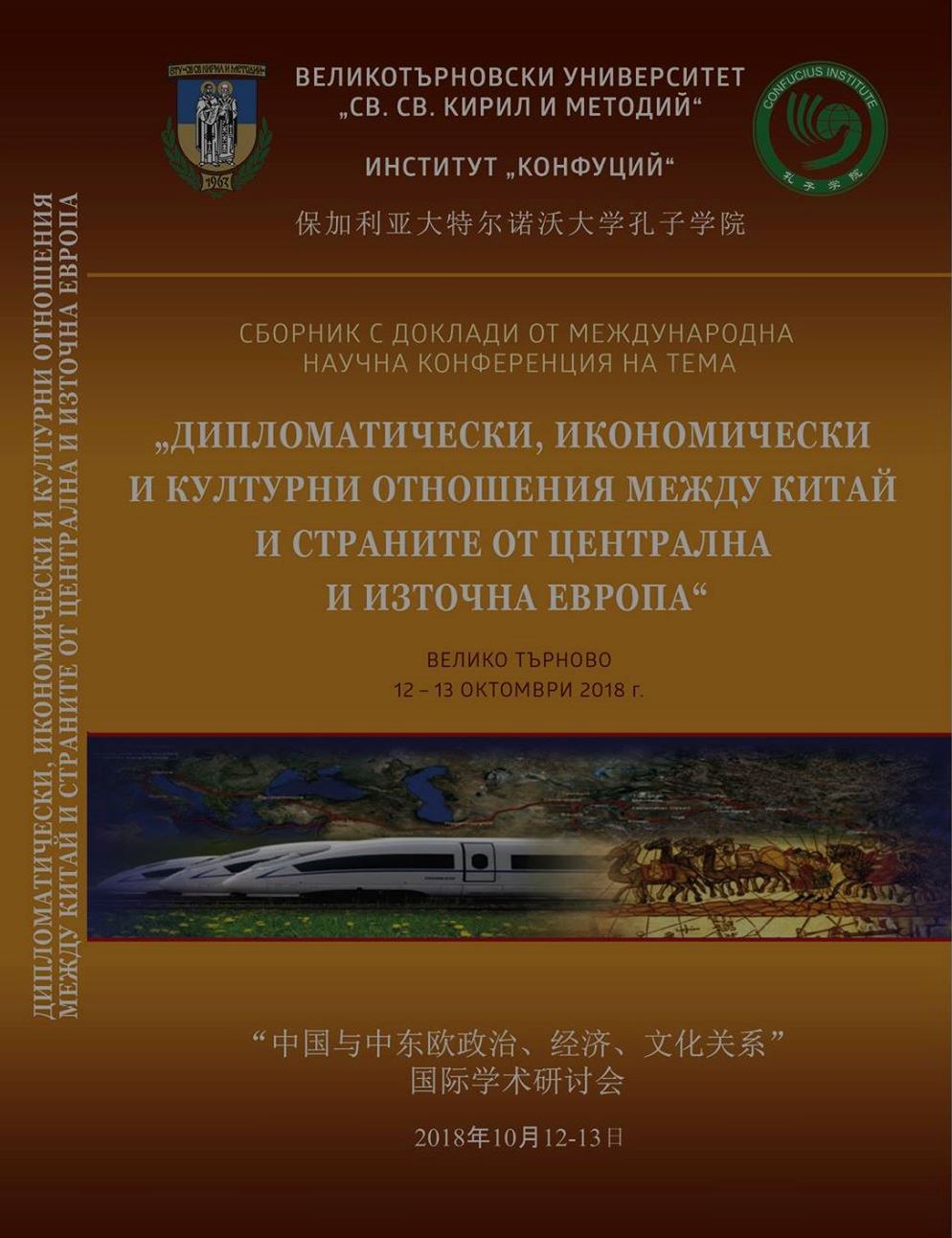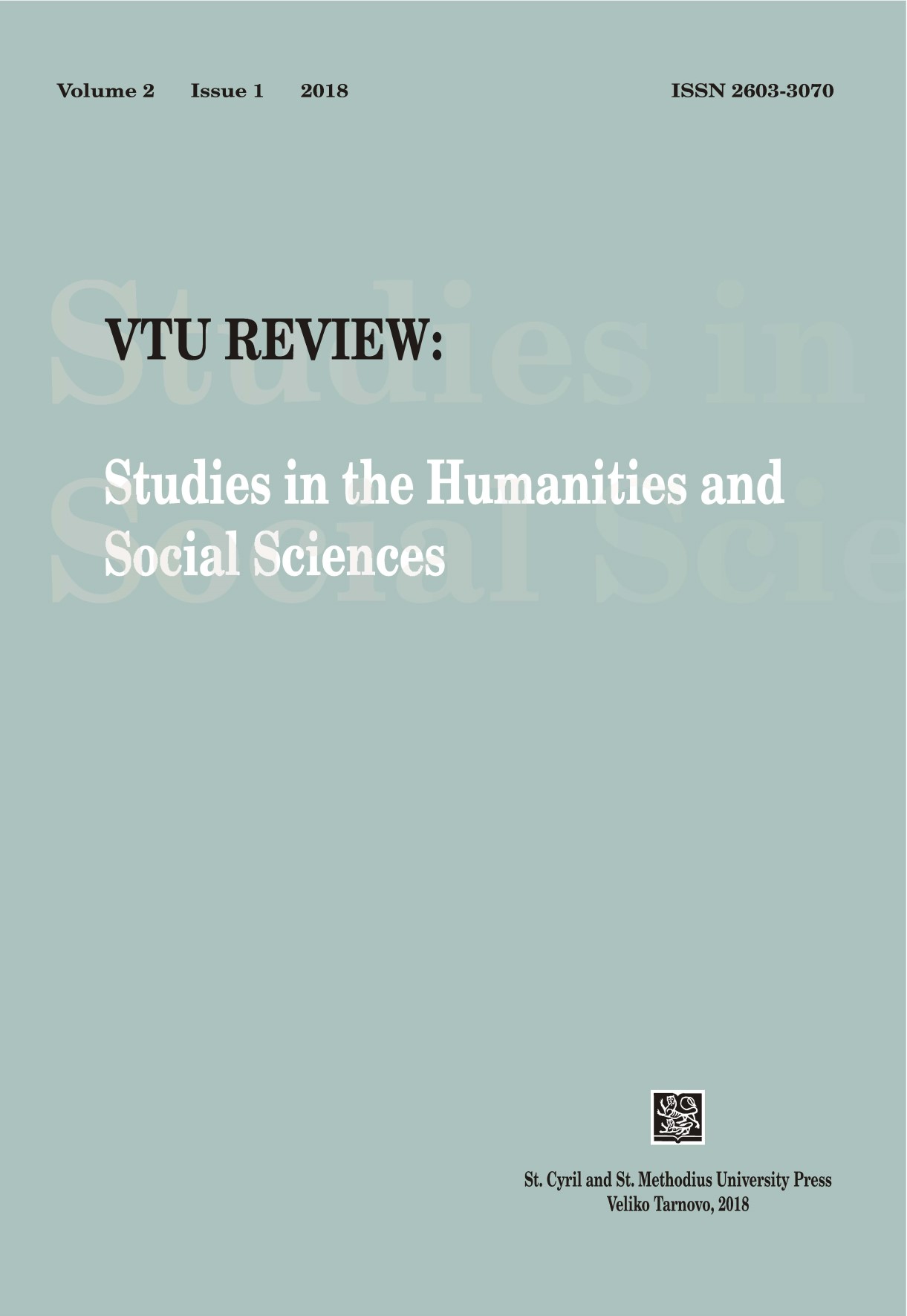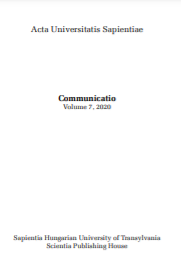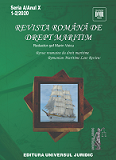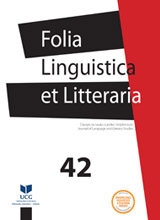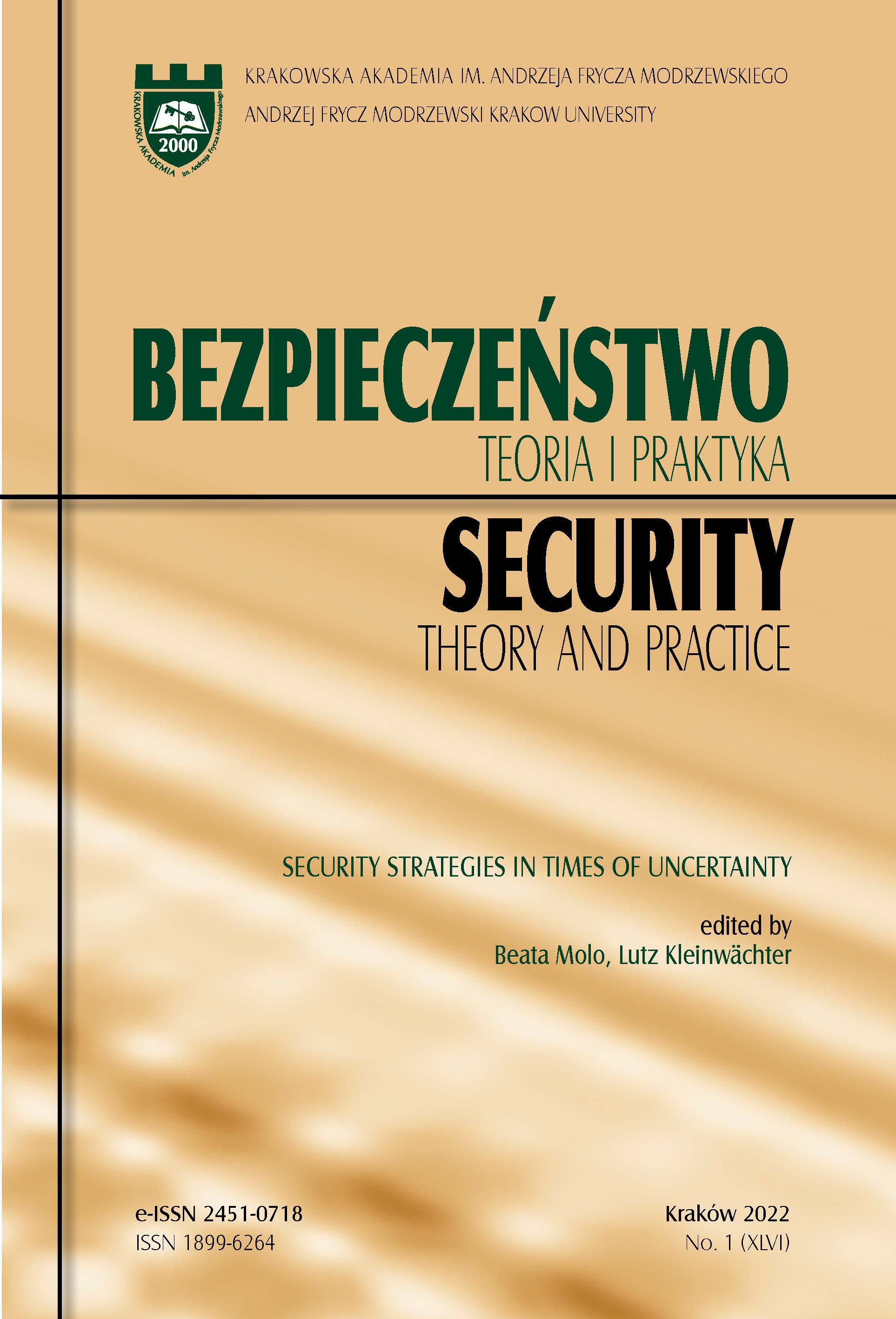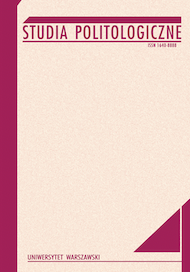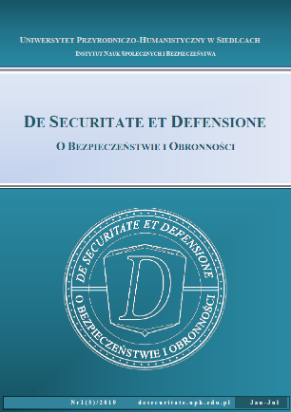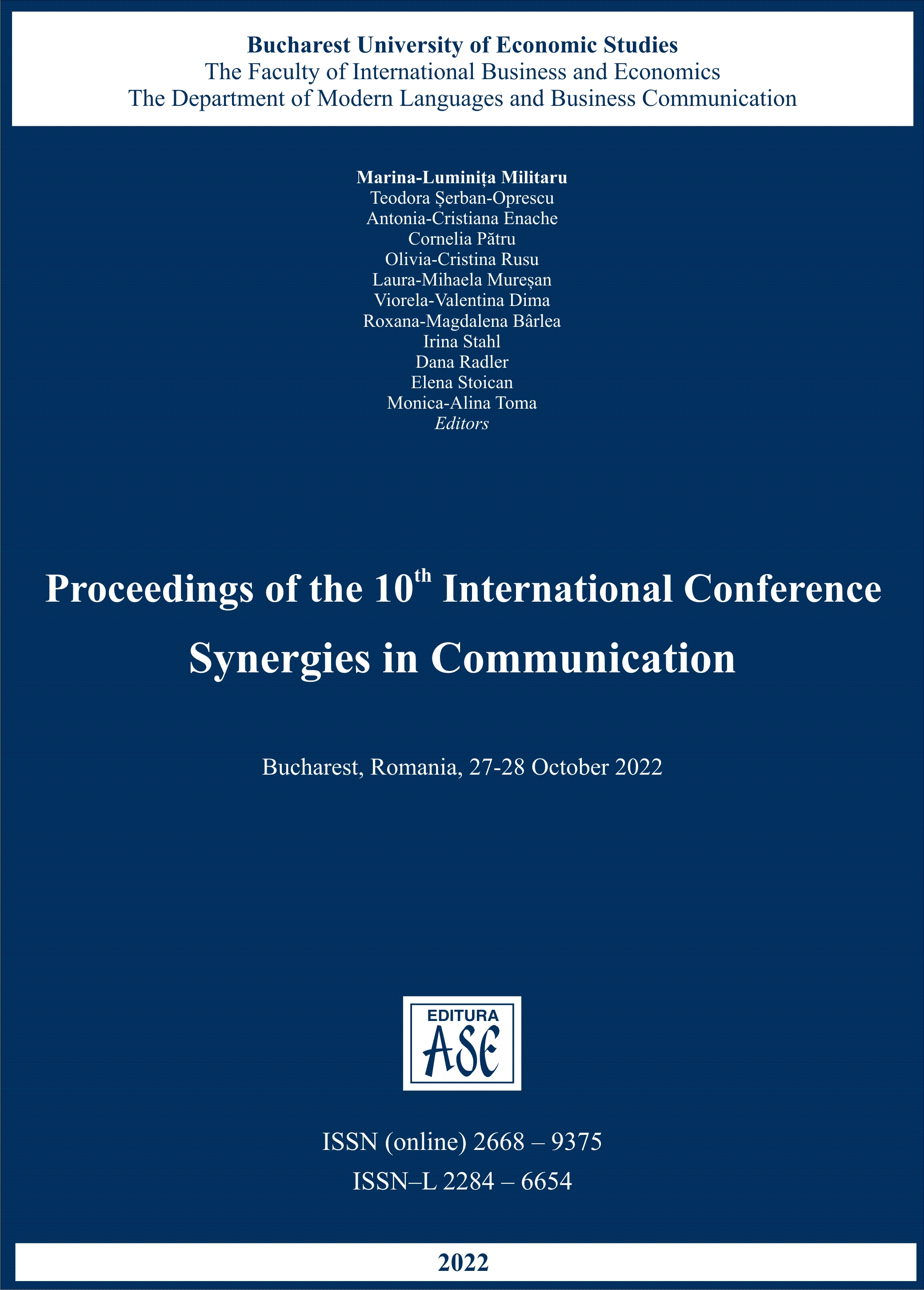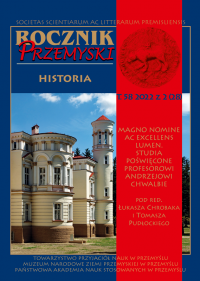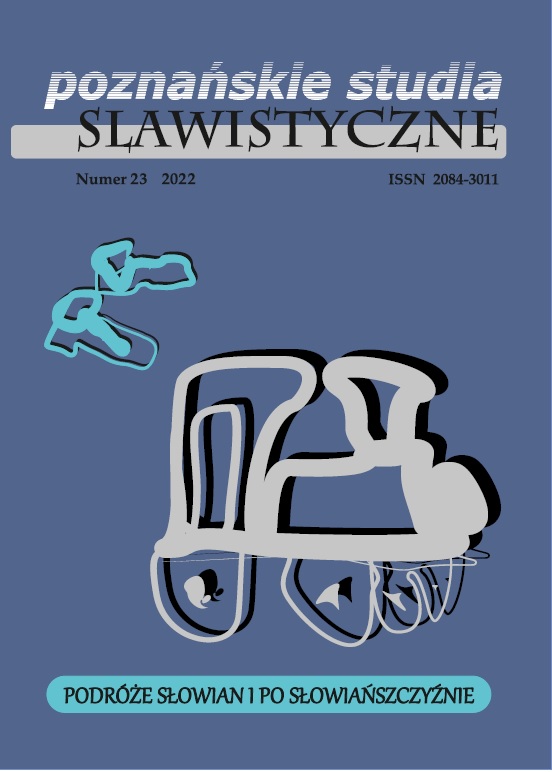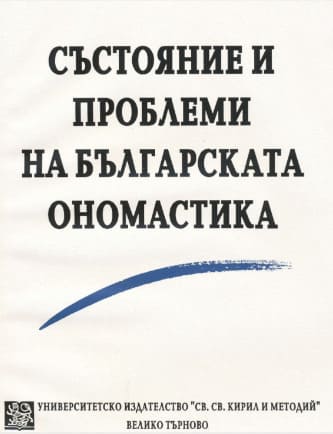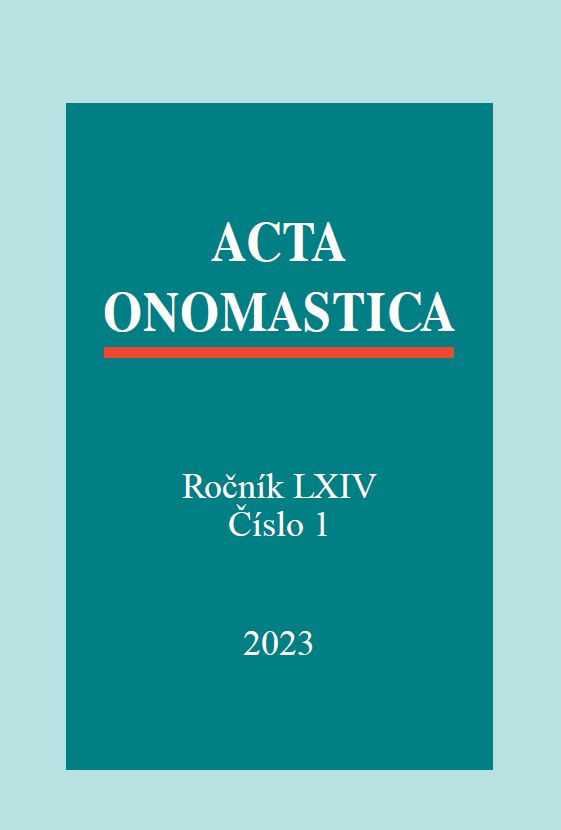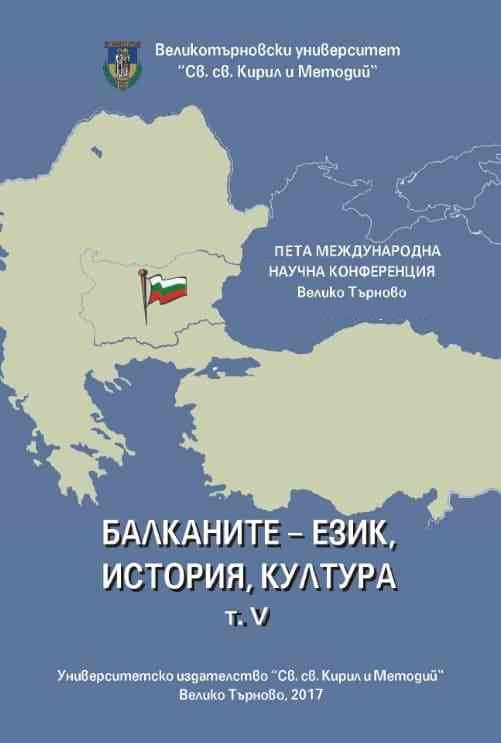Author(s): Liubov Ostash,Lyubov, Ostash,Ljubov Ostaš / Language(s): Czech
Issue: 1/2023
The article analyzes modern official urbanonyms (509 names) that came into beingin 2022 (February–August) in Ukraine as a result of renaming. The geography ofurbanonymic material covers the city of Kyiv, regional centers and their territorialcommunities (Lviv, Rivne, Lutsk, Dnipro, Kropyvnytskyi, Khmelnytskyi, Ternopil,Vinnytsia, Ivano-Frankivsk, Kharkiv, Uzhhorod, Chernihiv, Chernivtsi). The reasonsand motives for the street renaming process are clarified, and the structural typesof proper names that most often arise as a result of renaming are determined. Theurbanonymicmaterial includes the highest number of deonymic urbanonyms (306),among them there are 170 deanthroponymic urbanonyms, 134 detoponymic urbanonymsand 2 urbanonyms based on chrematonyms. There are 140 deappellative urbanonymsand 63 urbanonyms that were motivated by both appellatives and propernames.The study of urbanonymic material that appeared in the public space as a result ofrenaming in various territories of Ukraine has confirmed commemorative functionas a defining feature of modern Ukrainian urbanonymy, and has also revealed thegeneral trend in the development of modern Ukrainian urbanonymy – total derussification,rejection of names associated with ideology, symbolism, imperial narrativesof the aggressor state.
More...
